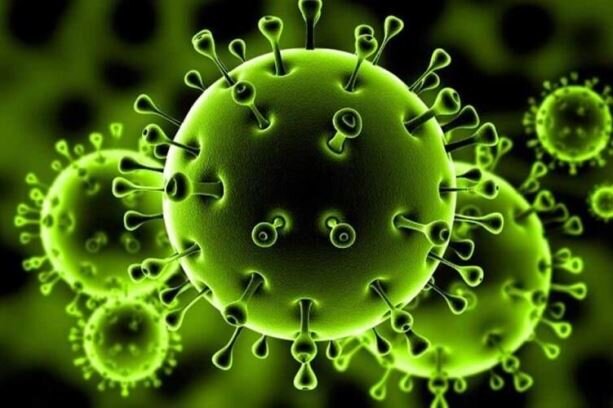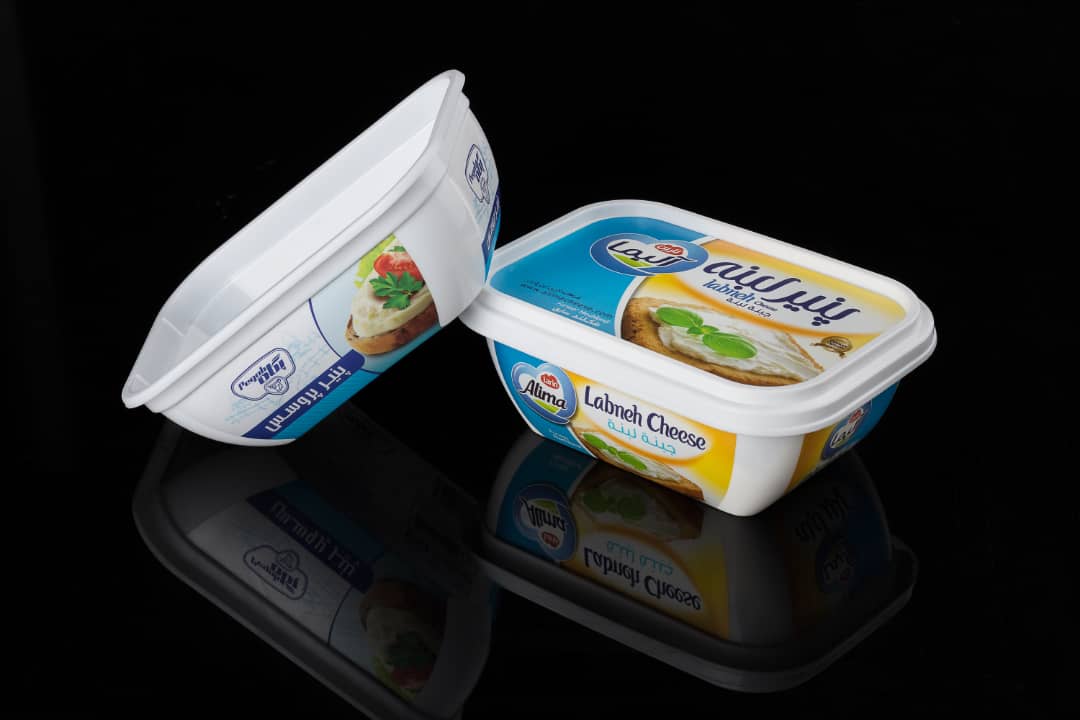Corona and plastic containers
According to Wikinews, with the spread of the corona virus, the world's attention to health has increased many times, and this observance of health encompasses various dimensions. One of these dimensions is the widespread use of disposable tableware. This extent can be seen even in very simple examples such as the use of disposable cups, so that companies and factories were asked to use disposable containers if they were serving food in the workplace.
This trend has also changed the attitude towards the preparation and distribution of food in many restaurants, and consumers are no longer willing to receive food in aluminum dishes and the like, because many of these dishes do not meet the required standards. The use of food container containers (disposable containers with the lid closed and locked) has received more attention than ever during this time of stress and inflammation.
With growing concerns about the spread of the disease, many people do not prepare hot food from outside in most cases to protect themselves from any contamination, or if they have bought ready-made food from outside and in city-level restaurants; Once in the house, it is heated in the microwave to make sure it is healthy.
Therefore, the need for restaurants to prepare these dishes is more evident than ever.
Another feature of these containers is the type of tight packaging that after closing the lid, food is protected from the penetration of any germs and contamination. These dishes are easily used inside the freezer and dishwasher and are 100% recyclable.
It should be noted that these dishes can be easily identified by pantography (bottom floor markings) on the back of them and have signs that can be washed in the dishwasher and can be used in the microwave and..
In addition, special attention should be paid to the production of these dishes. The robotics of production plants and the isolation of the factory environment and the absence of human contact during production and packaging are of great importance.
It is now clear why these dishes have been used more widely and their buyers have reached homes in addition to restaurants and department stores, and their reusable use also saves money for ordinary people.



